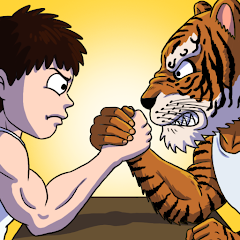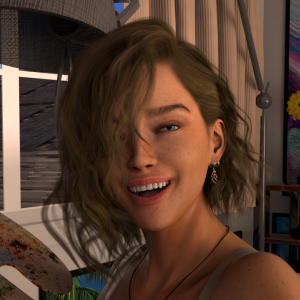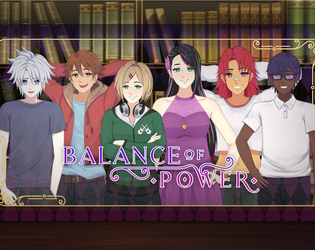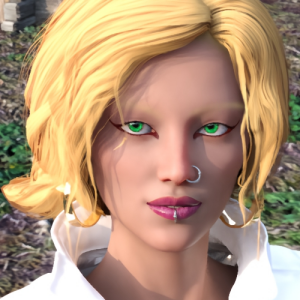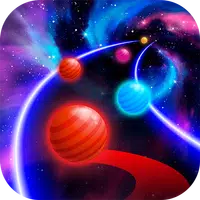This article delves into the psychological symbolism behind the terrifying creatures inhabiting the Silent Hill universe, exploring how they manifest the protagonists' inner turmoil and the town's malevolent influence. Spoiler alert: Detailed descriptions of the creatures and their meanings are included.
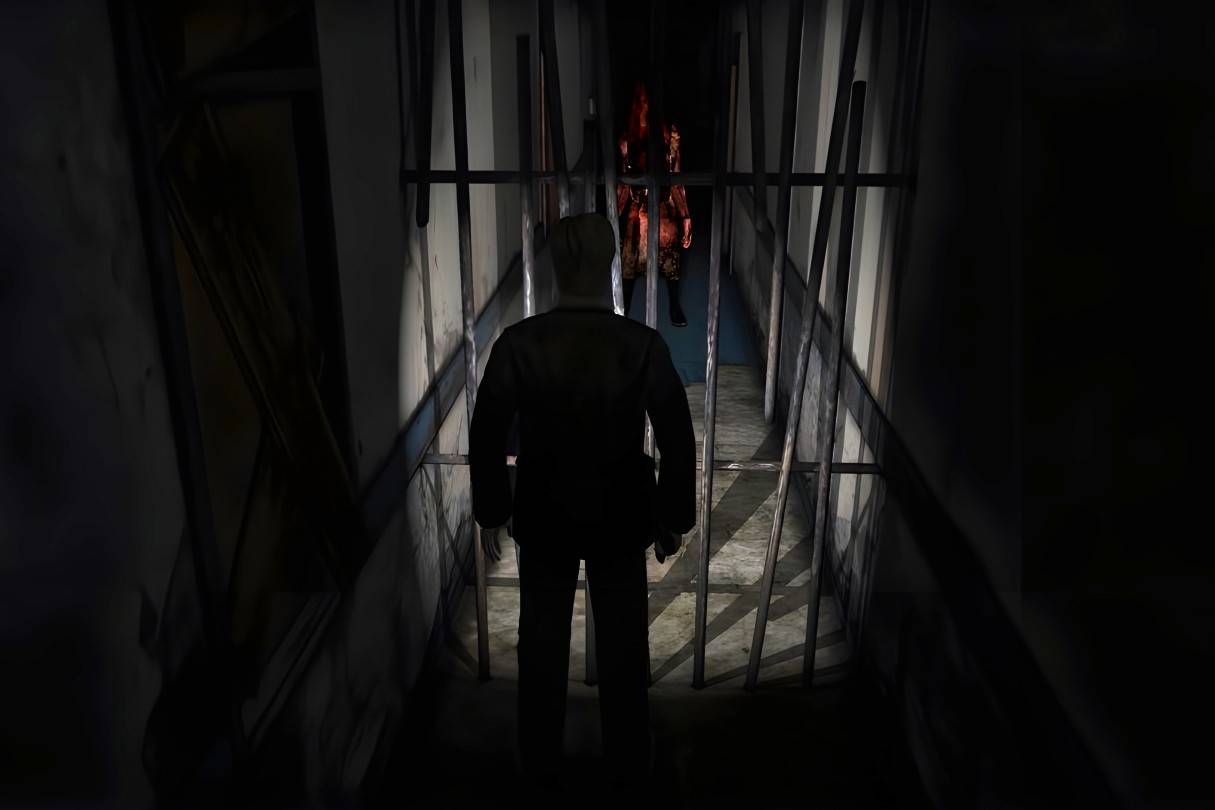 Image: ensigame.com
Image: ensigame.com
The Silent Hill series distinguishes itself from typical survival horror by focusing on internal struggles rather than solely external threats. The game's intricate symbolism and narrative complexity require careful analysis, but the developers have cleverly woven clues throughout the games to guide interpretation. Let's examine the psychological weight behind some of the most memorable monsters.
Table of Contents
- Pyramid Head
- Mannequin
- Flesh Lip
- Lying Figure
- Valtiel
- Mandarin
- Glutton
- Closer
- Insane Cancer
- Grey Children
- Mumblers
- Twin Victims
- Butcher
- Caliban
- Bubble Head Nurse
Pyramid Head
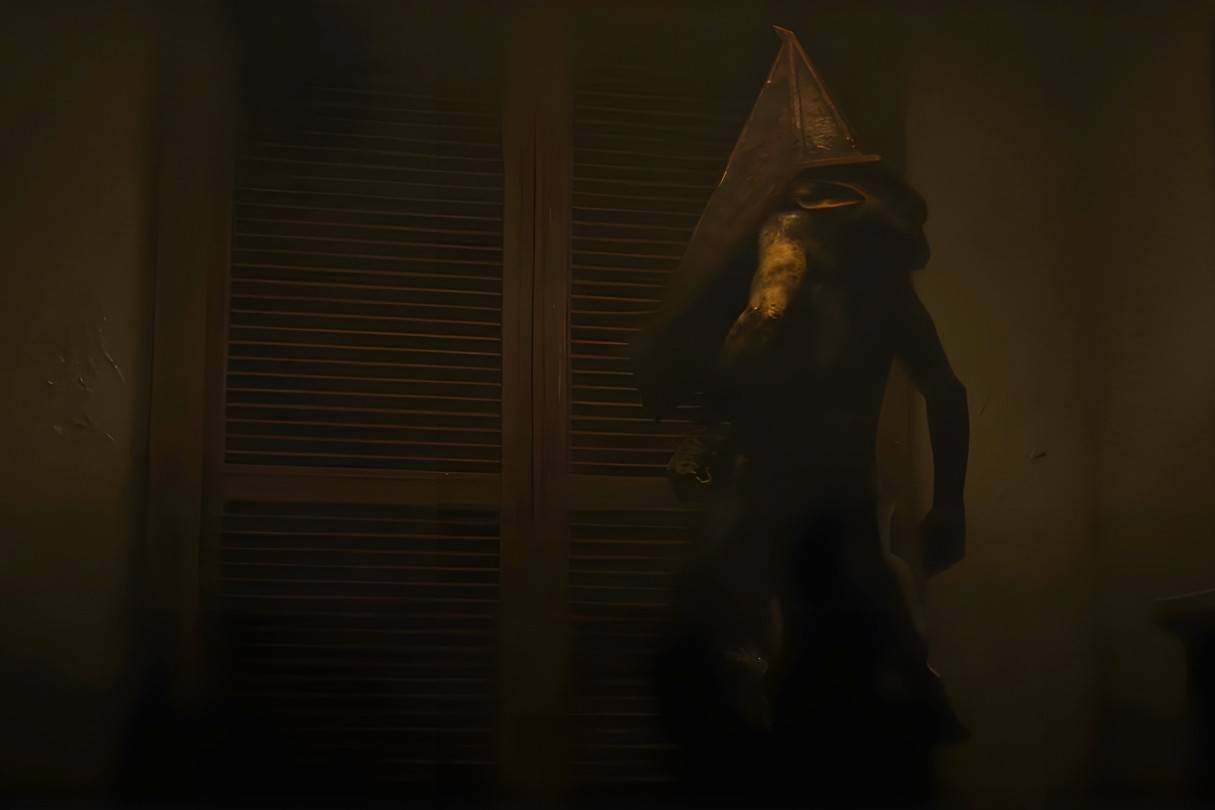 Image: ensigame.com
Image: ensigame.com
First appearing in Silent Hill 2 (2001), Pyramid Head embodies protagonist James Sunderland's guilt and self-recrimination. His design, influenced by PS2 hardware limitations, reflects a deliberate artistic choice by Masahiro Ito. Takayoshi Sato describes him as a "distorted memory of the executioners," connecting him to Silent Hill's dark history of capital punishment. He acts as both punisher and reflection, embodying James' subconscious desire for self-punishment.
Mannequin
 Image: ensigame.com
Image: ensigame.com
Also from Silent Hill 2, the Mannequins represent James' suppressed memories of his wife's illness. Their leg braces and tubes evoke medical imagery, reflecting Mary's condition. Inspired by Freudian psychoanalysis, they symbolize James' guilt and repressed desires.
Flesh Lip
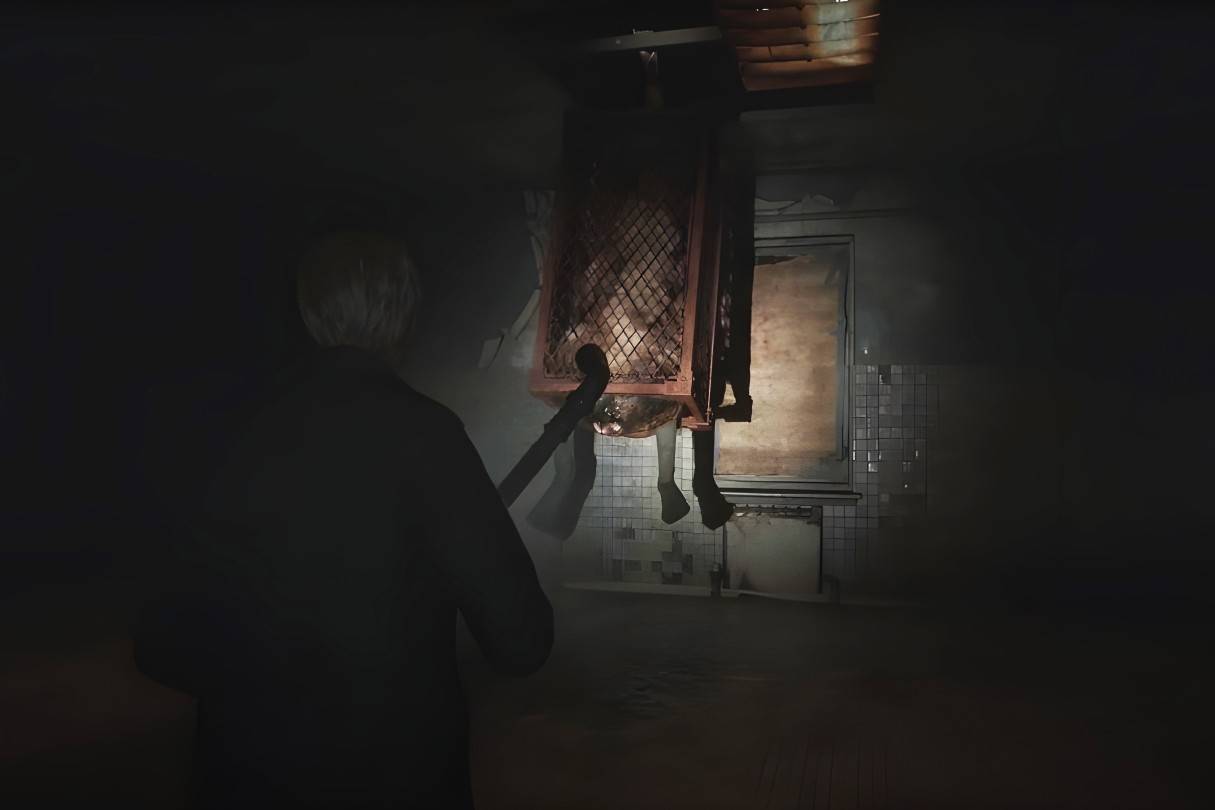 Image: ensigame.com
Image: ensigame.com
Debuting in Silent Hill 2, Flesh Lip's design draws inspiration from various artistic sources. It represents James' memory of Mary's suffering in her final days. Its bound form and damaged flesh mirror her illness, while the abdominal mouth symbolizes her verbal aggression. Its appearance precedes other creatures with mouths, emphasizing James' confrontation with painful memories.
Lying Figure
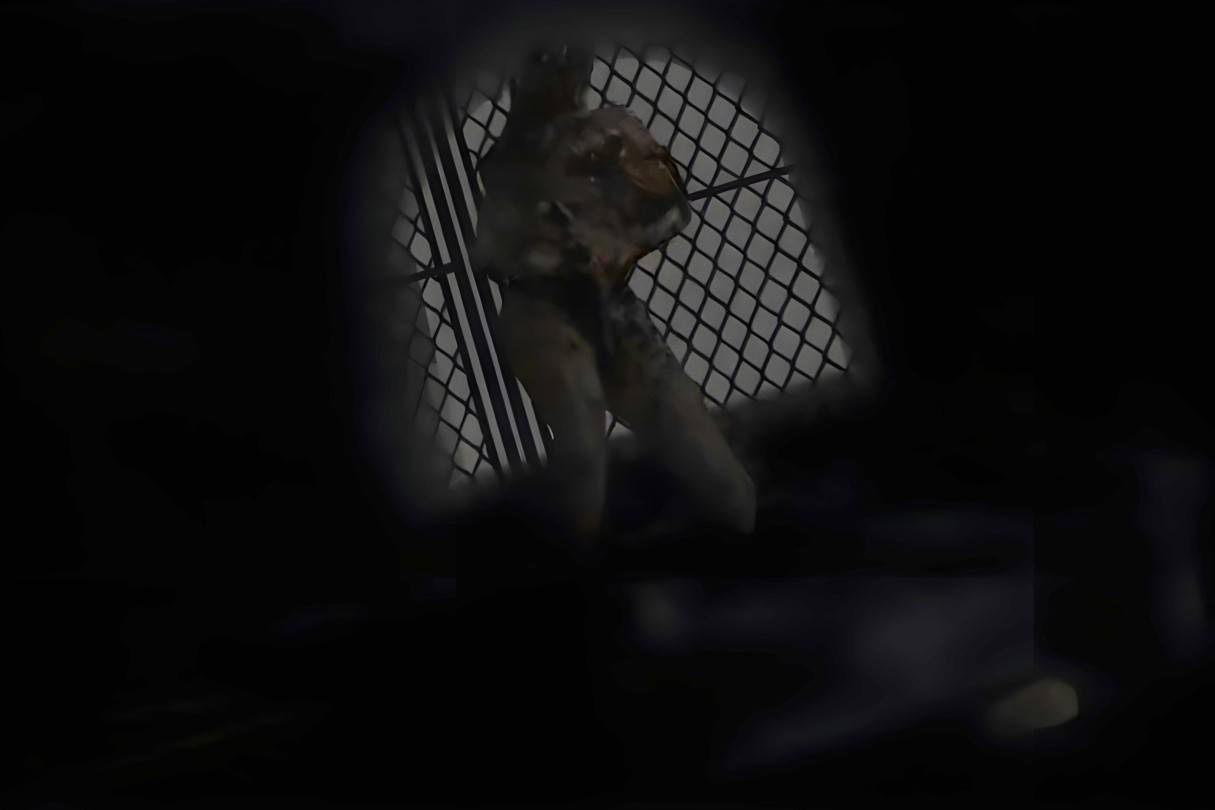 Image: ensigame.com
Image: ensigame.com
The first creature encountered in Silent Hill 2, the Lying Figure embodies James' repressed guilt and memories of Mary's suffering. Their contorted bodies evoke images of hospital patients and body bags, symbolizing death and agony. The name itself refers to Mary's state both in her illness and in death.
Valtiel
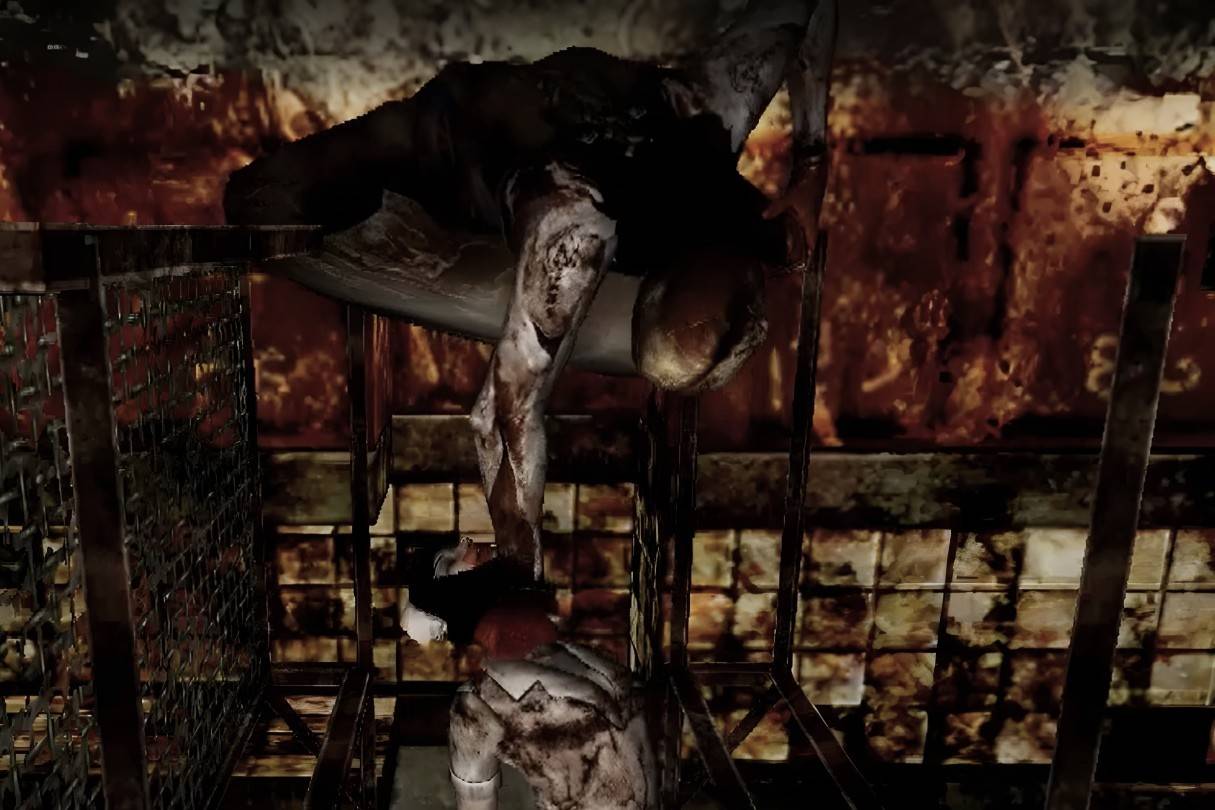 Image: ensigame.com
Image: ensigame.com
Unlike other creatures, Valtiel (from Silent Hill 3) is not a manifestation of subconscious fear but an independent entity serving a higher power. His appearance resembles a surgeon, reflecting his role in Heather's transformation.
Mandarin
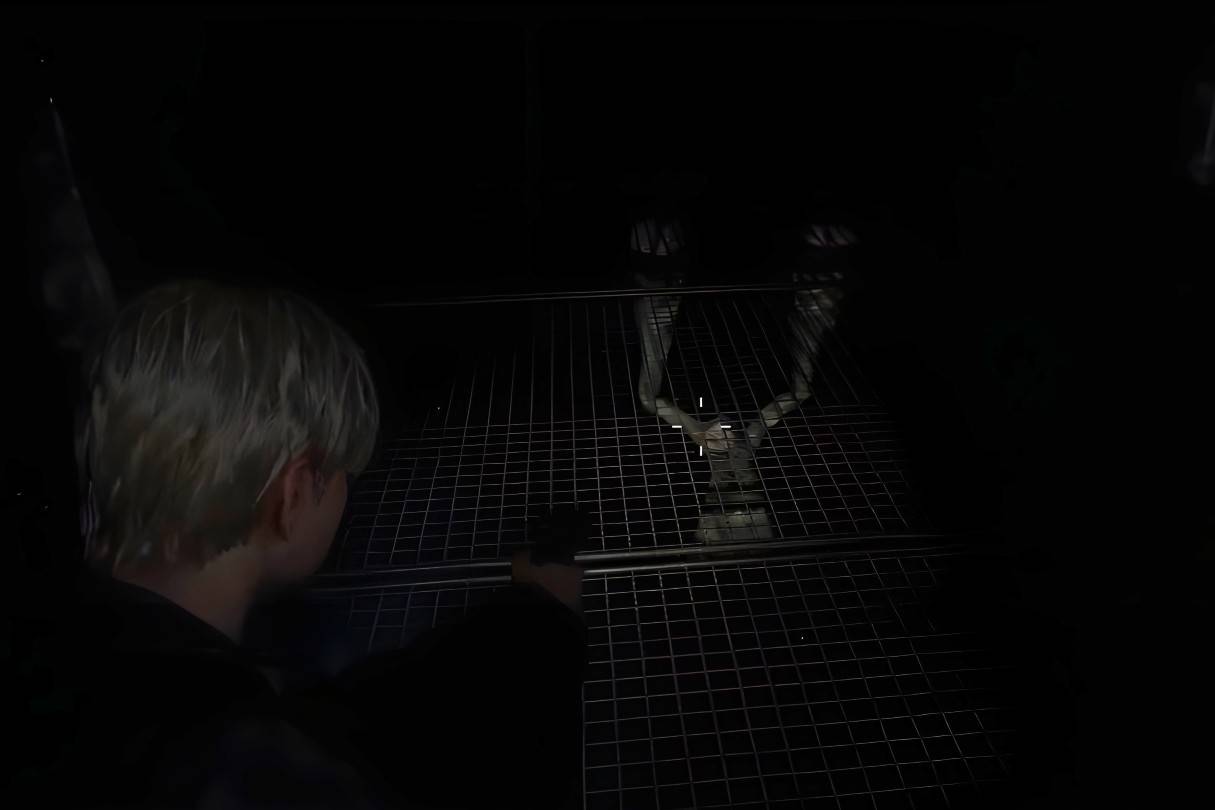 Image: ensigame.com
Image: ensigame.com
Found in Silent Hill 2, Mandarins represent James' anguish and memories of Mary's suffering. Their orifice-like mouths reinforce the recurring "mouth" motif, symbolizing Mary's inner turmoil. Their subterranean confinement reflects James' desire to escape his guilt.
Glutton
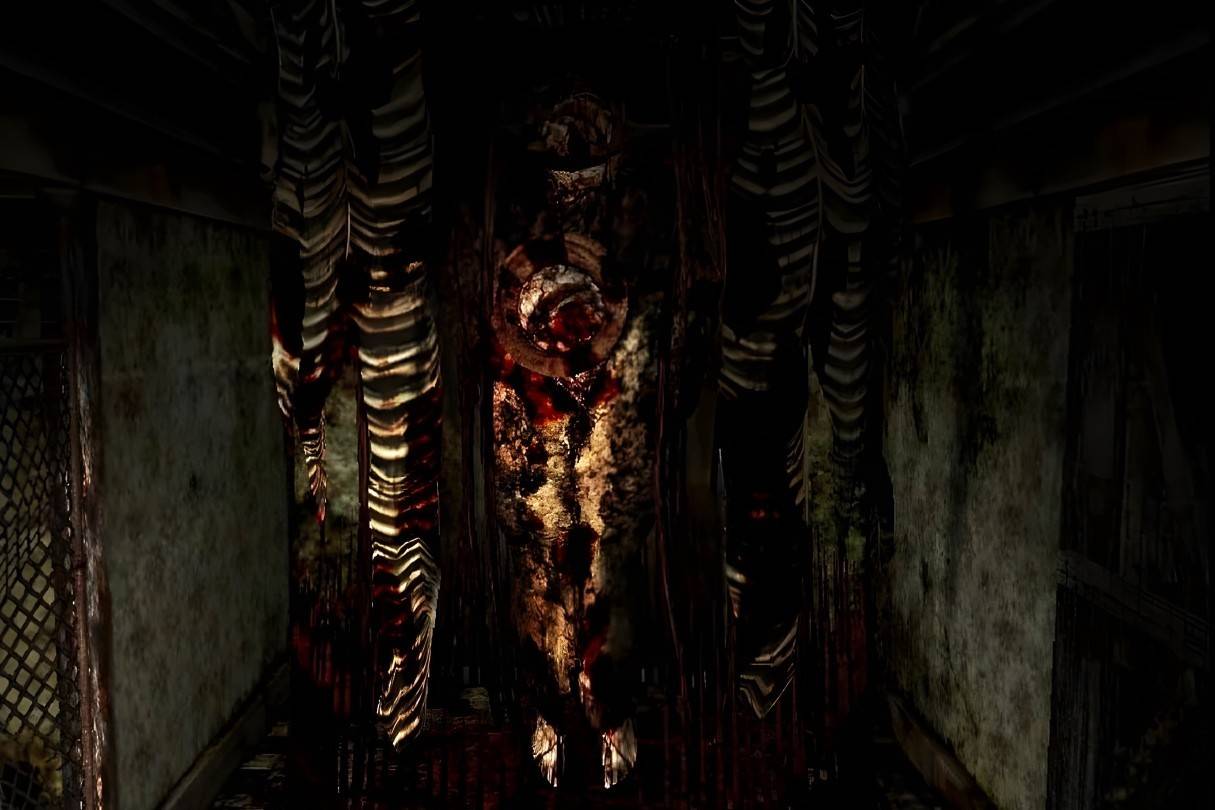 Image: ensigame.com
Image: ensigame.com
Appearing in Silent Hill 3, the Glutton, a massive immobile creature, symbolizes helplessness in the face of fate, mirroring Heather's struggle. Its connection to the fairytale Tu Fui, Ego Eris reinforces this theme.
Closer
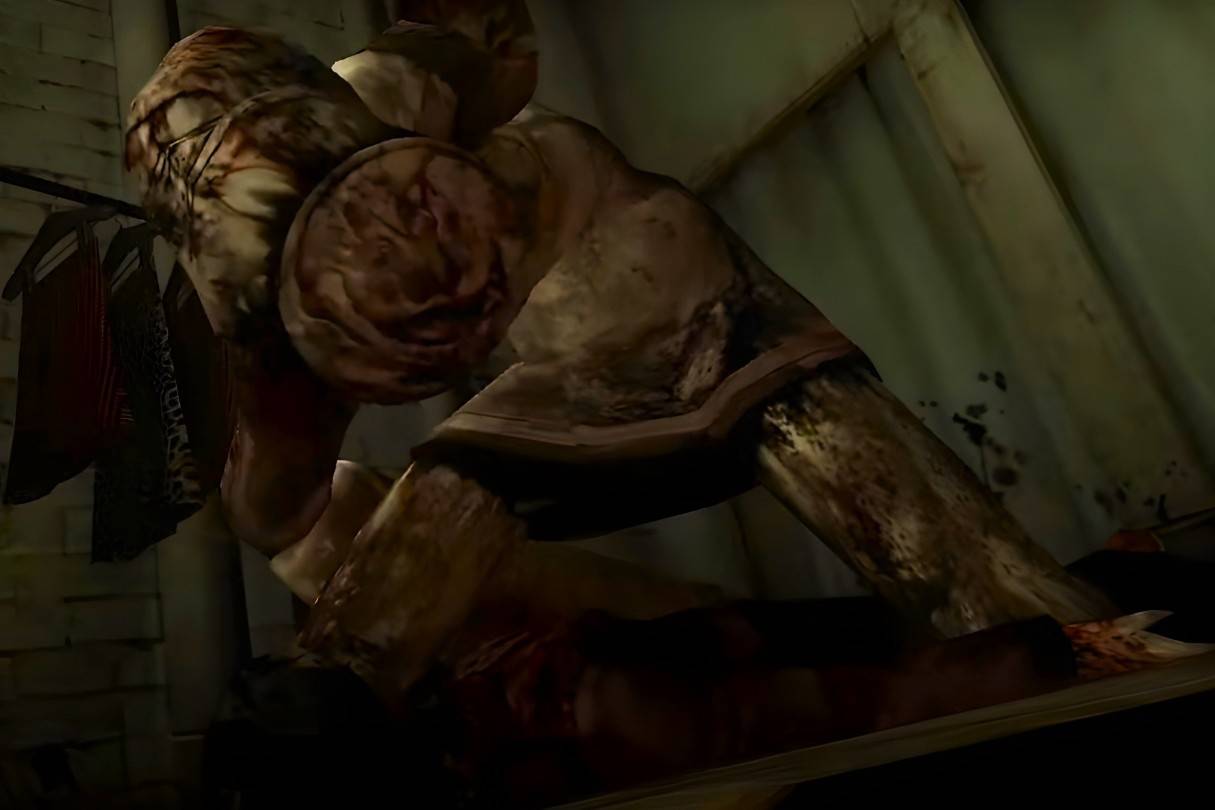 Image: ensigame.com
Image: ensigame.com
The first monster Heather encounters in Silent Hill 3, the Closer's menacing appearance and hidden blades symbolize obstruction and threat.
Insane Cancer
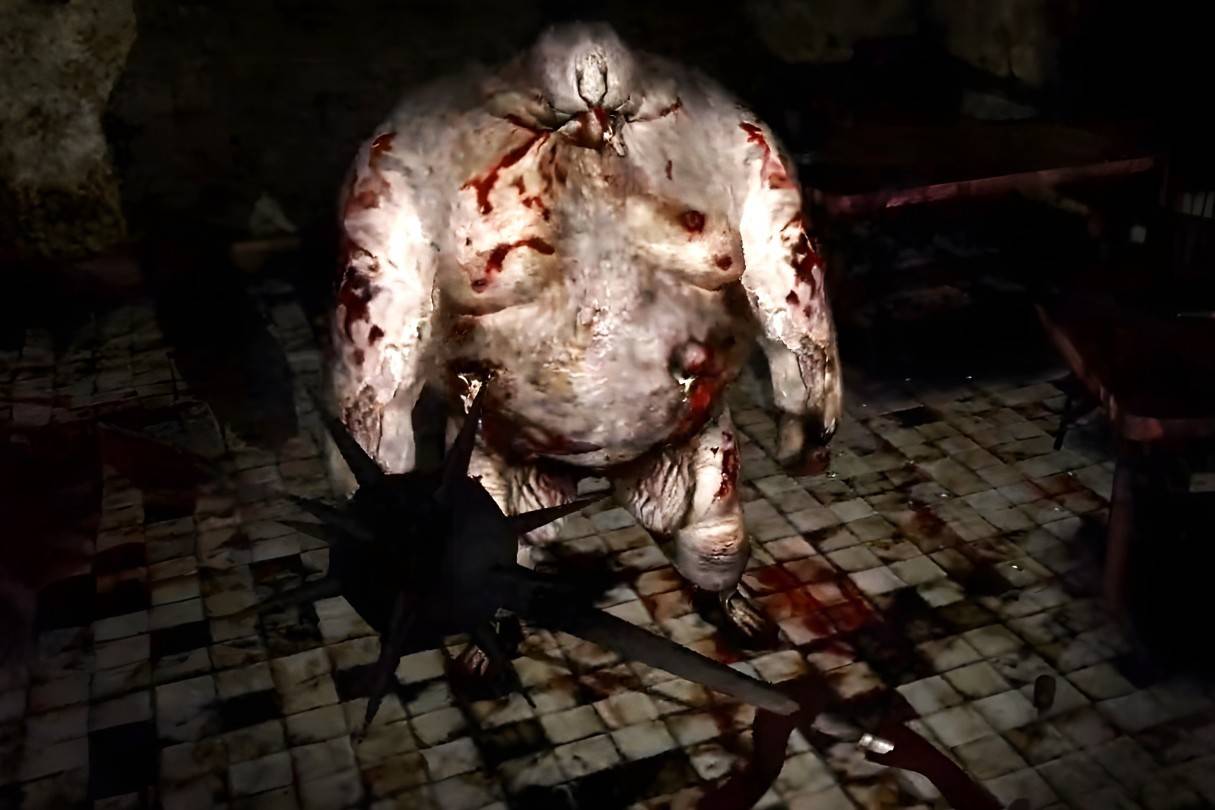 Image: ensigame.com
Image: ensigame.com
The Insane Cancer (Silent Hill 3) reflects disease and corruption, potentially symbolizing Silent Hill's spreading evil or Alessa's self-loathing.
Grey Children
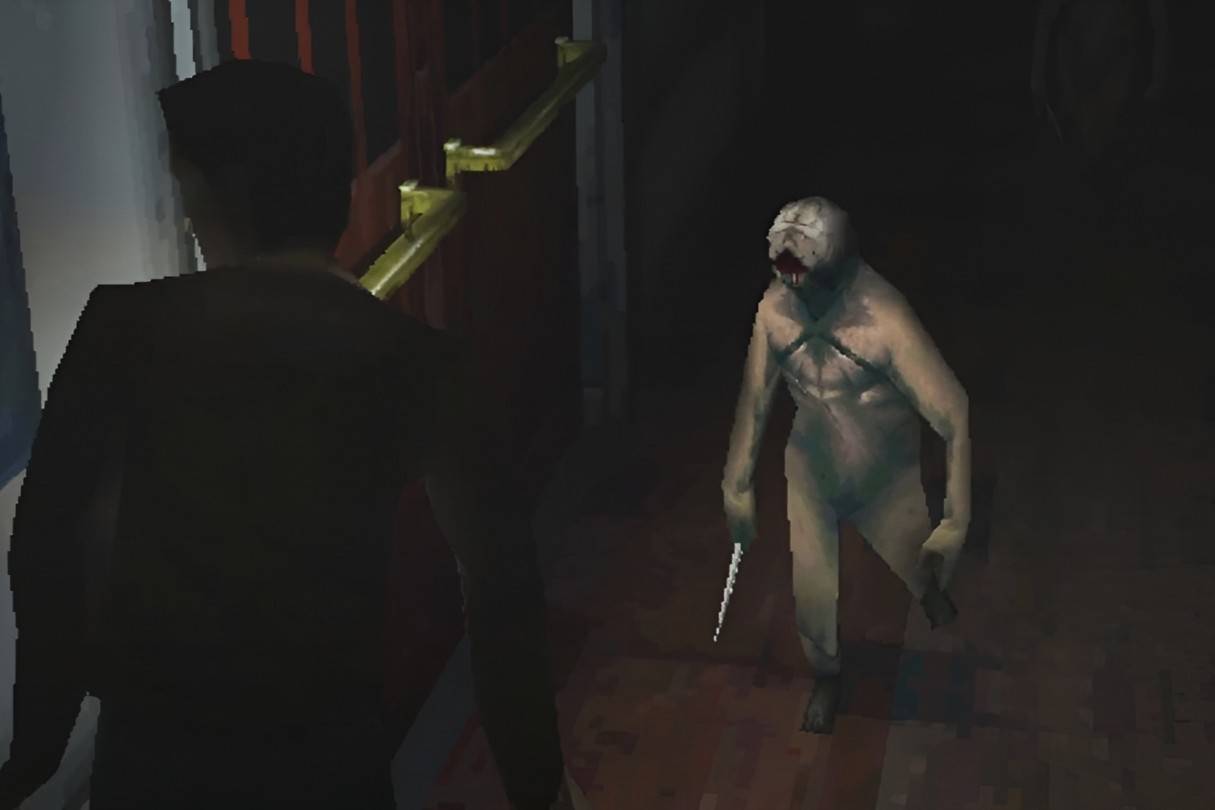 Image: ensigame.com
Image: ensigame.com
The Grey Children (Silent Hill) represent Alessa's tormentors and her own suffering. Their burning appearance reflects her pain and desire for revenge.
Mumblers
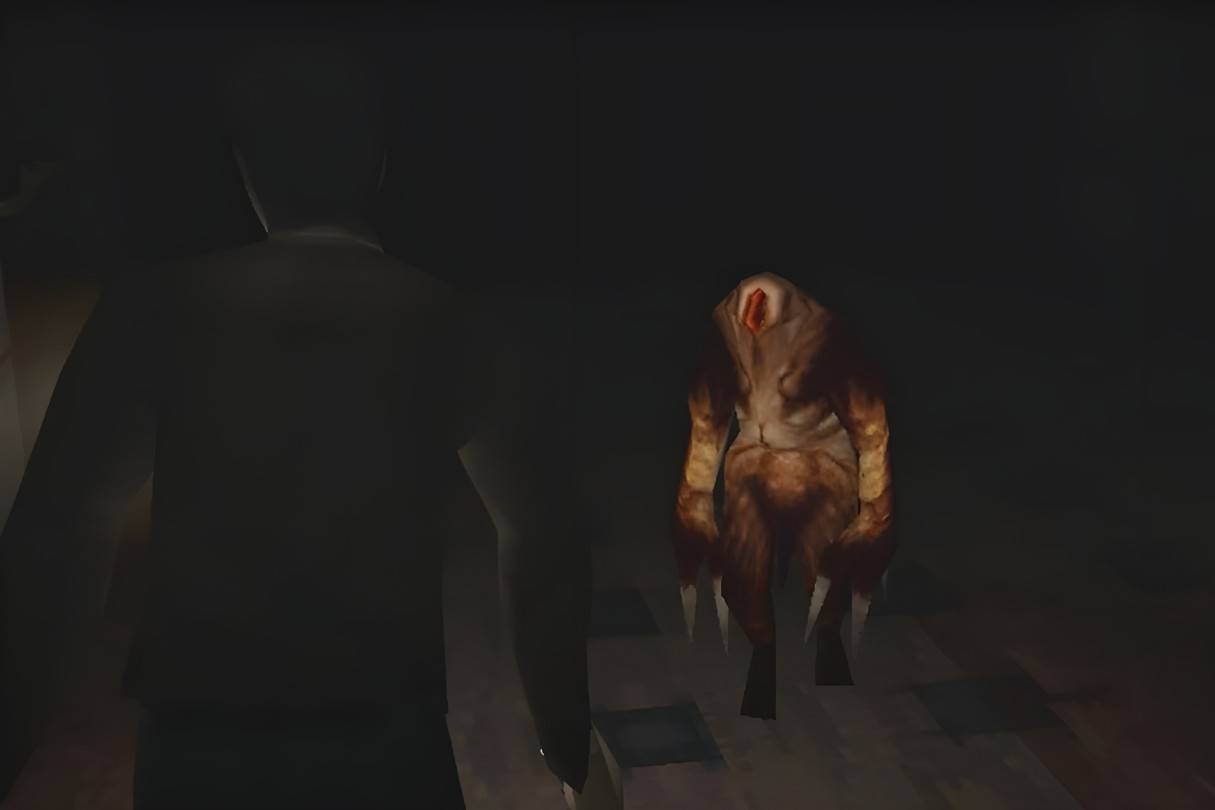 Image: ensigame.com
Image: ensigame.com
Mumblers (Silent Hill) embody Alessa's childhood fears and distorted imagination, drawing from dark reinterpretations of fairy tale creatures.
Twin Victims
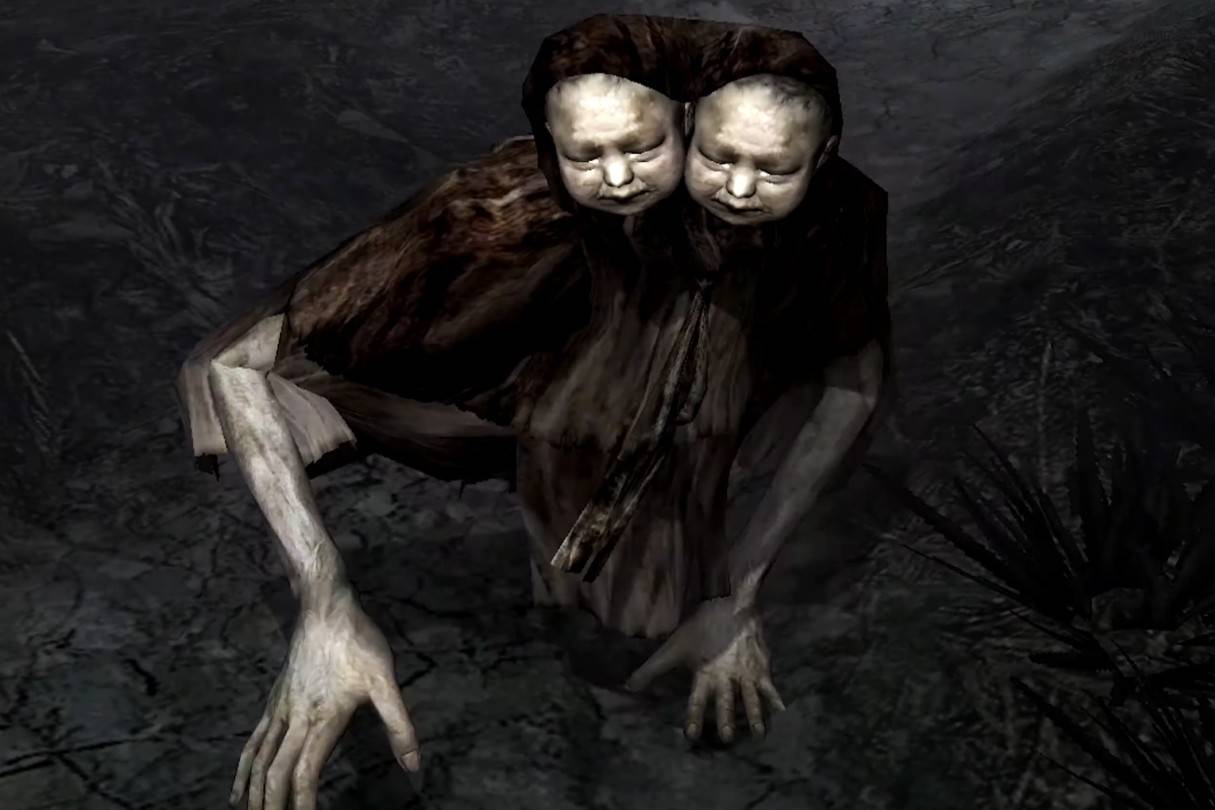 Image: ensigame.com
Image: ensigame.com
The Twin Victims (Silent Hill 4) represent Walter Sullivan's victims, symbolizing distorted familial bonds and obsession.
Butcher
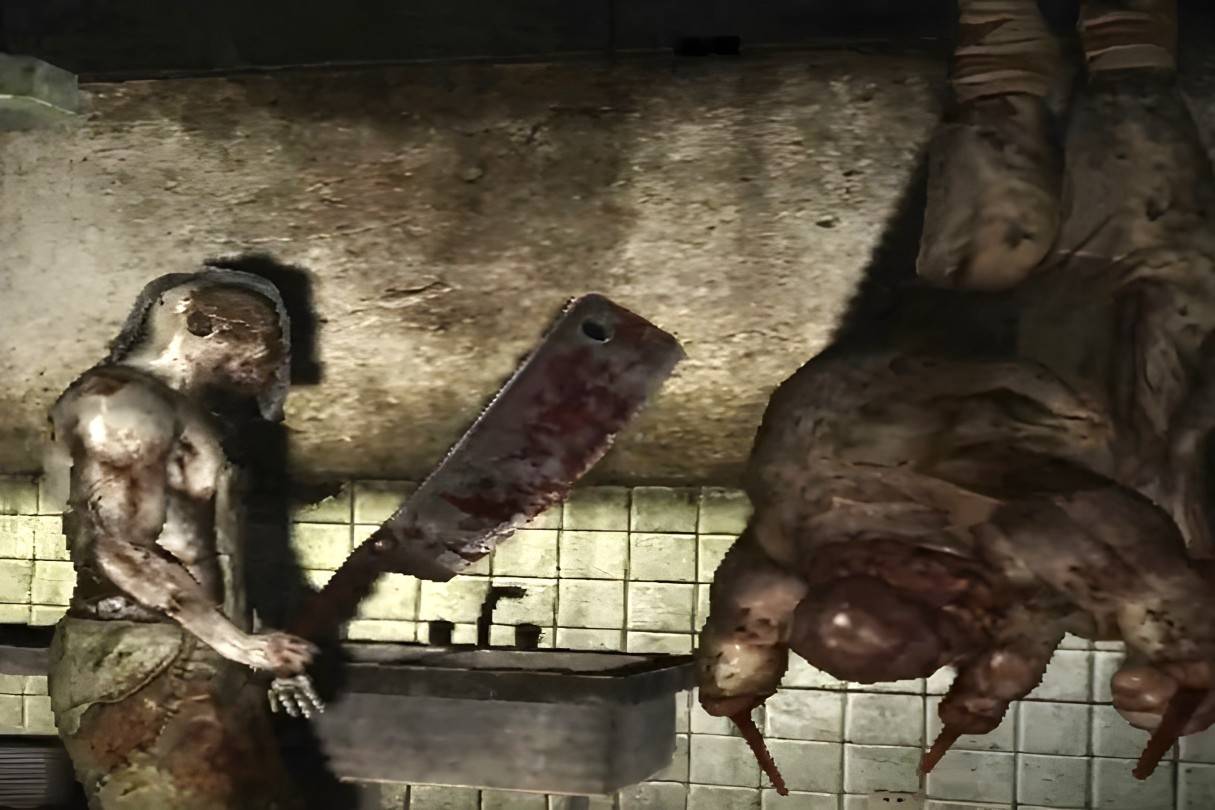 Image: ensigame.com
Image: ensigame.com
The Butcher (Silent Hill: Origins) reflects cruelty and sacrifice, mirroring Travis Grady's potential for violence and the Order's brutal rituals.
Caliban
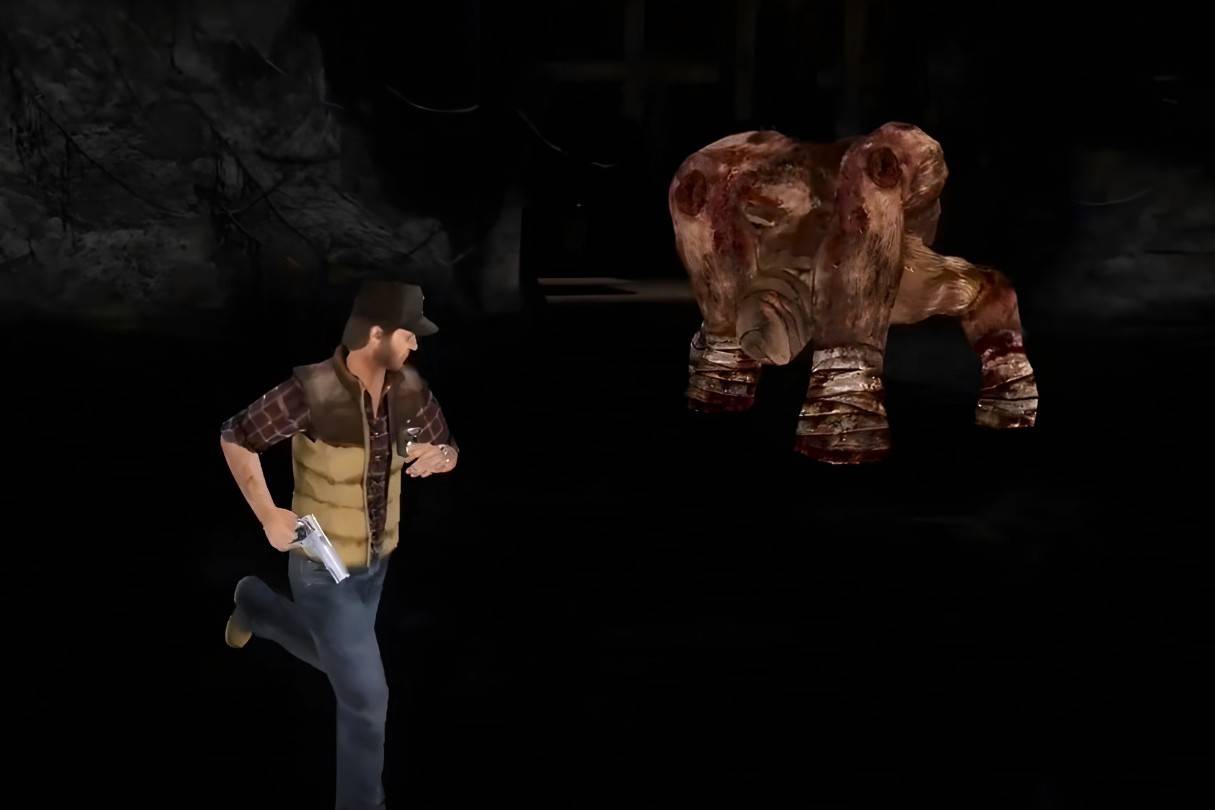 Image: ensigame.com
Image: ensigame.com
Caliban (Silent Hill: Origins) symbolizes Alessa's fears, particularly her fear of dogs.
Bubble Head Nurse
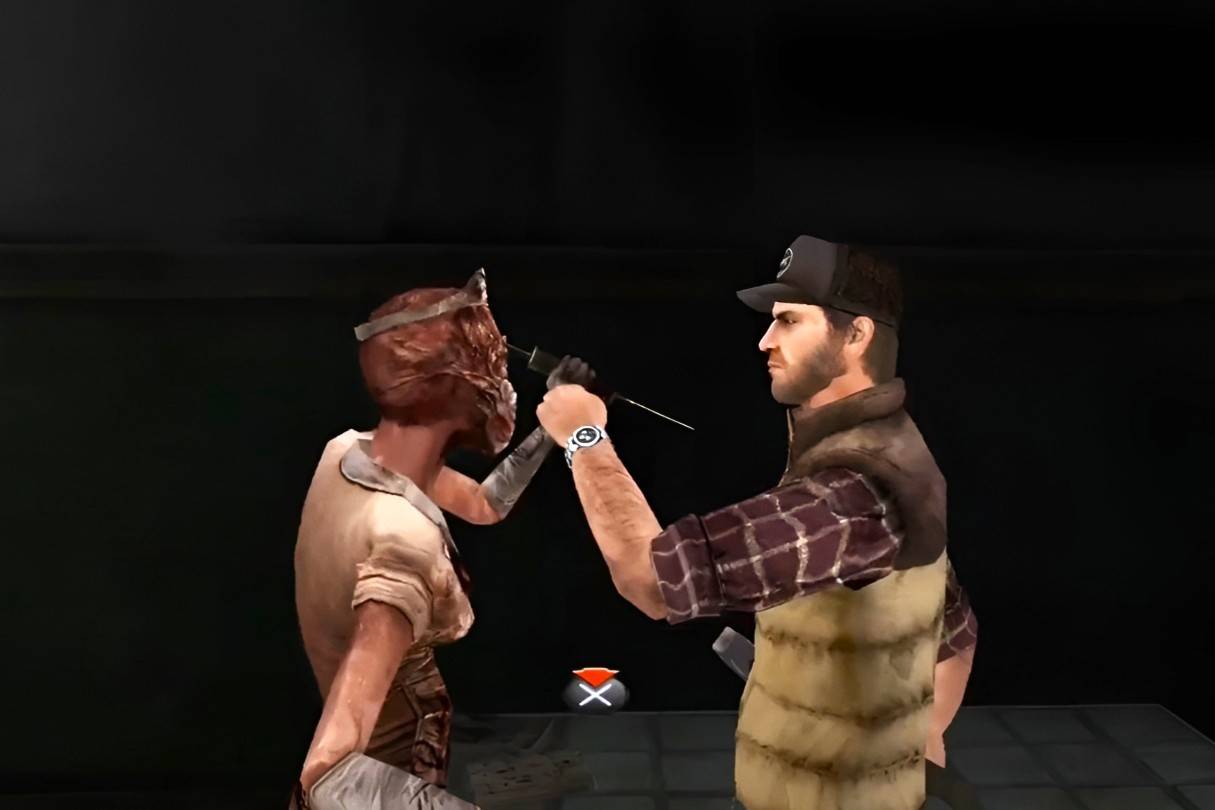 Image: ensigame.com
Image: ensigame.com
The Bubble Head Nurse (Silent Hill 2) manifests James' guilt and repressed desires, symbolizing Mary's illness and their lost dreams.
Conclusion
The Silent Hill monsters are far more than mere antagonists; they are potent symbols of psychological torment, reflecting the protagonists' inner demons and the town's sinister influence. Their haunting presence elevates the series to a masterpiece of psychological horror.

